Time for some Stir-Fry. Usually, stir-fry calls for soy sauce. But, soy has some controversy to it when it comes to eating Nutritiously Well-Fed. There was a time in the 90’s soy was touted as a healthy alternative to regular milk and great for meat substitute (tofu or tempeh which I do have a recipe for a vegan bacon using tempeh. Not something I make or eat often at all but a good vegan choice). But, there is some considerations in how soy is produced and how much soy you put in your regular eating routine. Below, a photo of Salmon Stir-Fry. My food photography has got to improve, I apologize. I promise you it is delish!

Whole soy is what you’re looking for when choosing anything soy. It is the least processed, using the actual soybeans, such as edamame. Soy milk and tofu is made from whole soybeans by soaking and grinding them and then boiling them in water and filtering out the solids. Kind of similar to making your own almond milk (but you don’t have to boil the almonds). Tofu is made by coagulating soy milk then pressing the curds into blocks (weird to me).We see this in plant-based protein in vegetarian diets as tofu easily takes on the flavor of the plate/meal. But, just as flour or sugar or pasta has become overly processed, soy has as well. Vegetarian and/or vegan products like nuggets, protein shakes and health bars are not made with all-natural soy beans, but with soy protein isolates. And that,along with a few other concerns, is where the problem of soy comes in. 
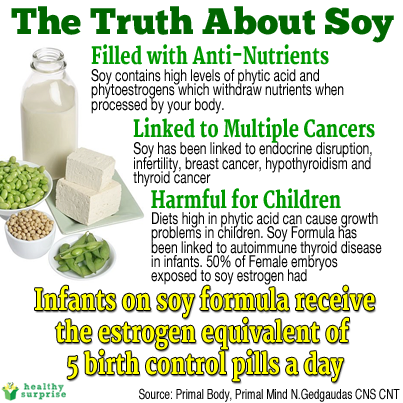
Soy contains phytoestrogens basically the plant version of estrogen. Phytoestrogens are different and actually weaker than human estrogen and do not turn into estrogen when you eat them. Moderate intake of soy, in the whole food form is the healthier choice. Prostate and breast cancer rates are lower in Asian countries where soy foods are a regular part of an overall healthy diet. Soy in natural food form such as tofu, edamame and soy milk is safe for consumption, even for people with a cancer diagnosis.source: dana-farber.org
The problem is where soy is modified. Just as sugar, and flour and wheat. Most soy in the U. S. is GMO. From the site truthinsideofyou.org some of the concerns of soy.
Genetic Modification (GMOs) – Did you know that up to 91% of soy grown in the U.S. is genetically modified (GM)? The soybeans are specially selected so that they will resist the toxic herbicide Roundup. This means that the soybeans themselves are loaded with this toxic pesticide. In addition, genes from bacteria that produce a protein foreign to the human food supply are also inserted into the genes of the soybean plant, making this food item an un-natural food supply.
2. Contains Toxins: “Usanti-nutrients”; hemagglutinin; goitrogens; phytates – Anti-nutritional factors like saponins, soyatoxin, phytates, protease inhibitors, oxalates, goitrogens and estrogens all interfere with our protein-digesting enzymes and result in poor digestion and thus poor health. Soybeans also contain hemagglutinins which act as clot-inducing substances (causes red blood cells to stick together). This makes our red blood cells unable to absorb oxygen and distribute it throughout the body. Goitrogens are a category of foods that promote formation of goiter (enlarged thyroid) – and soy foods fall in that category. They block thyroid hormone synthesis and obstruct iodine metabolism. The soybean has one of the highest phytate levels of any grain or legume. Phytates prevent the absorption of minerals like calcium, magnesium, iron and zinc by binding to the metal ions and preventing them from entering the cells of your body. As many vegans consume soybean products, and depend on them for absorption of these exact minerals, they may be doing just the opposite.
3. Contains Isoflavones – Soy contains the isoflavones genistein (as seen previously) and daidzein. Isoflavones are a type of phytoestrogen which resemble the human compound called estrogen. Phytoestrogens have been found to block the hormone estrogen and can have serious effects on human tissues such as disrupting endocrine function, causing infertility, and promoting breast cancer in women.
4. Toxic Levels of Aluminum & Manganese – Aluminum tanks are used to process and acid-wash soybeans before consumption. Aluminum particles from the tanks are directly absorbed into the soybean, and result in high aluminum concentrations in the bean. Soy infant formula also contains manganese levels 80 times higher than that found in human breast milk (15, 16).
5. Soy Infant Formula Concerns – The isoflavones in soy infant formula is of great concern to new and expecting parents who choose to bottle-feed instead of breast-feed. Nearly 20% of U.S. infants are bottle-fed soy formula. As seen throughout this article, it is clear that the isoflavones in soy formula can negatively impact your child’s health (impairing sexual development and reproductive health).
Ok, so how about the soy sauce we all love? Yep, usually it’s all of the above. There are healthier versions of soy sauce, calling them “good” in the infographic below.
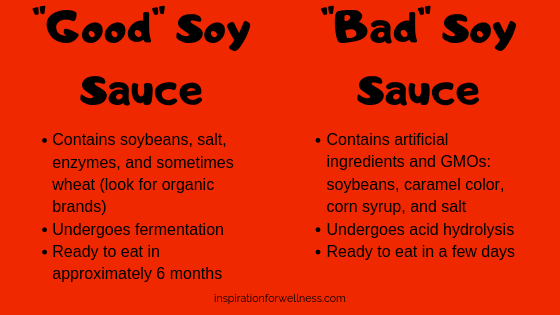
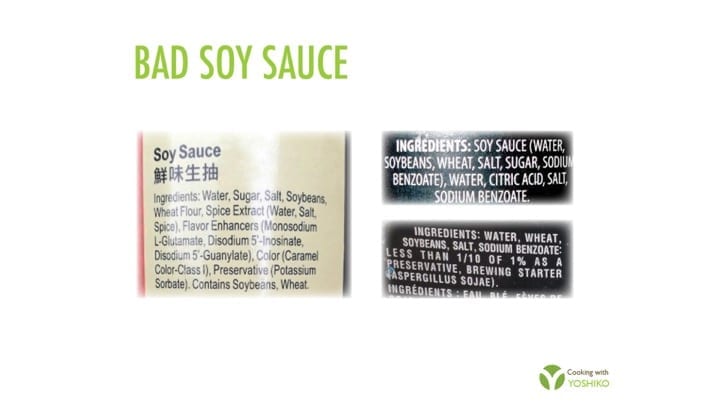
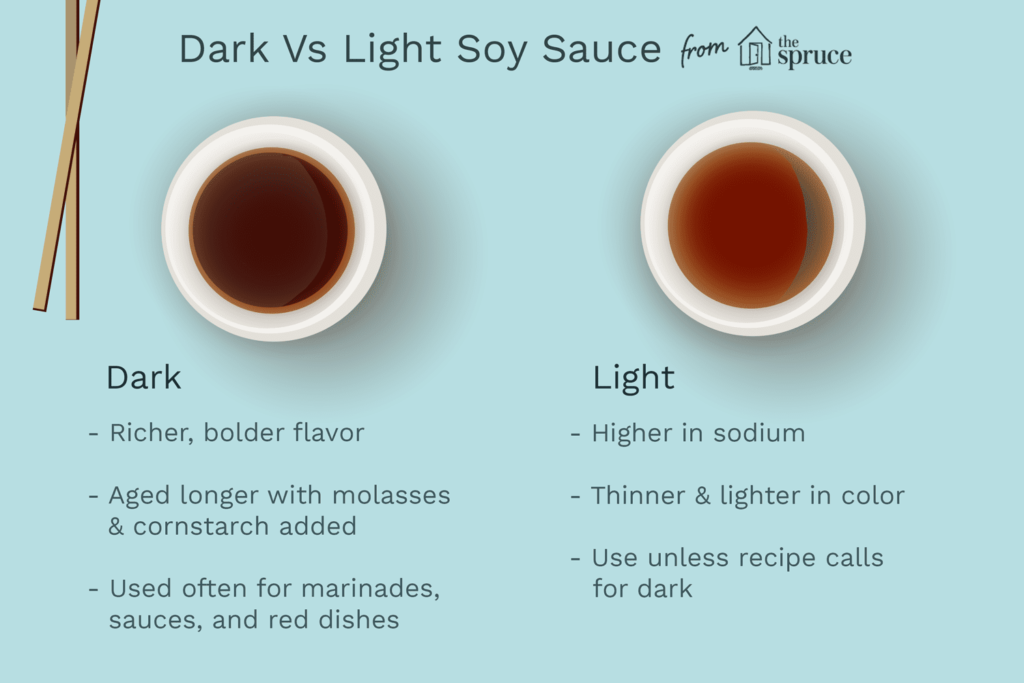
To avoid any of the GMO’s or the Gluten or the overly processed process of soy sauces found easily everywhere, this recipe for stir-fry we are using Coconut Aminos! From their site coconutsecret.com their coconut aminos is 100% Organic, Gluten-Free, Non-GMO, Vegan, has No MSG and contains 17 Amino Acids. And, it doesn’t have a coconut flavor as you might think. Coconut Aminos is made from coconut tree sap, not the coconuts. Screenshot of some good info found below!



Grab your coconut aminos, fresh garlic, plenty of vegetables perfect for stir-fry such as peppers and onions, asparagus, mushrooms and broccoli.

You can use olive oil to saute up the veggies or I have used coconut oil. Very good either way.



Begin with either the olive oil or coconut oil and fresh garlic. Sauteing vegetables over a medium heat.


While sauteing the vegetables, mix the coconut aminos with fresh garlic and marinate your protein of choice whether it be stir-fry steak, chicken or salmon.




With the salmon I like pairing it with a pineapple, onion and purple cabbage “salsa” squeezing lime juice over and adding parsley.

Sugar snap peas are also a great vegetable for stir-fry! Make it your own and load up on the greens! Once the vegetables are about midway finished, I add the other half of the coconut aminos and garlic so the flavor really cooks together. You can also toss the chicken and the steak together with the vegetables here over a low-medium heat and allow everything to saute together.

You can bake or pan fry the salmon, then sprinkle with parsley. I toss the steak in a pan with plenty of the coconut aminos and garlic. Adding ginger also makes a great flavor!



Choose a perfect healthy rice of you choice then serve together, pour a little extra of the sauce over your vegetables and protein on the plate. Delish!

Serve with your pineapple salsa and yum! Nutritiously Well-Fed with Coconut Aminos!


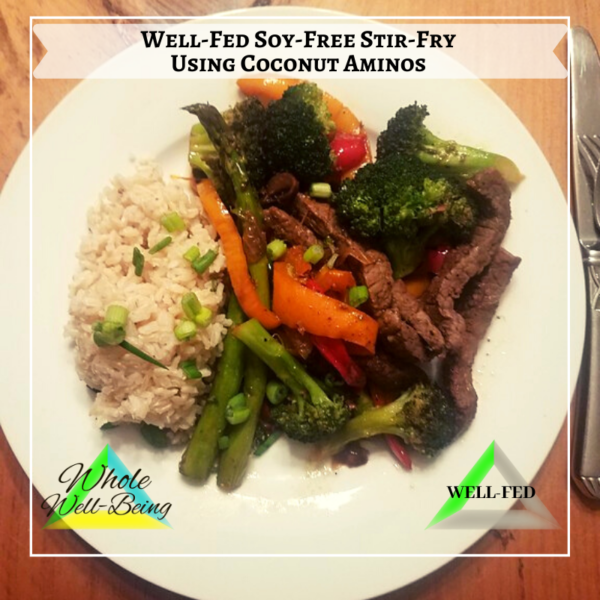
| Prep Time | 10 minutes |
| Cook Time | 15 - 20 minutes |
| Servings |
people
|
- 1 cup broccoli
- 1/2-1 cup mushrooms
- 1 medium to large bell pepper red, yellow, orange or a mix!
- 5-8 asparagus stalks
- 1 medium red onion
- 3-6 garlic cloves sliced depending on size of cloves and your love for garlic
- 1-2 tbsp olive oil
- 1-2 lbs lean steak or think sliced chicken breast or uncooked shrimp
- 1 cup coconut aminos
- 1 tsp himalayan sea salt
- 1 tsp black pepper
- 1 tsp ginger optional
- pinch sesame seeds optional
- 3-4 scallion stalks diced optional
Ingredients
|

|
- Begin with slicing the vegetables the way you prefer. Long slices for the peppers and onions or diced. Mushrooms sliced, asparagus can be kept long or sliced/dice in smaller sections. Broccoli in smaller sections.
- Add tbsp of olive oil to large skillet, add 2 - 3 cloves fresh sliced garlic and allow to cook over a medium heat for about a minute.
- Add vegetables and allow to saute over medium heat.
- Cook brown rice as instructed.
- Separate skillet begin cooking meat. Slice meat way you prefer and sprinkle sea salt and black pepper. Add olive oil and fresh garlic to pan, allow to warm, then add meat. Allow to cook over medium heat until brown on both sides. About 5-8 minutes.
- In bowl, mix coconut aminos, 1-2 fresh garlic cloves sliced. If you like, you can add a tsp of ginger to this.
- Once vegetables are cooked and softened,add to browned but not overcooked meat.
- Add coconut amino mixture and cook over medium heat for a few more minutes to allow flavors to come together. You can put on low heat and cover with lid if you like.
- Ready to serve, add to plate and sprinkle with sesame seeds and scallions.
